Eliminating dampness in the garage: 5 useful tips
Any garage owner is once faced with an unpleasant phenomenon: humidity in the garage, leading to condensation during the cold season. It is not easy to defeat this phenomenon, but it is necessary, because water destroys walls, promotes the development of mold and leads to rusting of the car body, which will force the car enthusiast to subsequently purchase large quantities of Movil with a rust converter. Let's look at ways to deal with humidity and find out what experienced motorists advise.
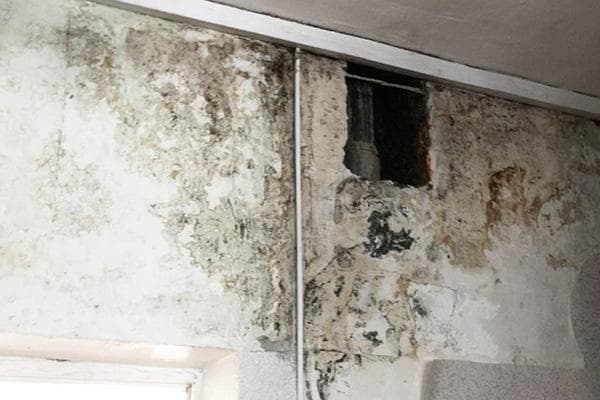
Where does dampness come from?
First of all, you need to find out the cause of dampness in the garage. Without knowing the reasons, it is impossible to eliminate it.
Most often, condensation occurs for two reasons:
- During the construction of the garage, they did not take care of waterproofing. It is possible that it was not done at all or was done incorrectly.
- Due to ventilation problems, the air in the garage is not updated. And then it doesn’t matter where the water came from: it was brought in on a wet car body or leaked from the outside through holes in the waterproofing - the water vapor has nowhere to go.
To successfully combat moisture, improvements are made in both directions. Without a systematic approach, it will not be possible to cope with this problem.
Tip #1
Before building a garage, study the recommendations specified in the “Requirements for Garage Equipment”. This document will help to properly organize the ventilation system during construction.
What's wrong with condensation and should we deal with it?
When the conversation turns to the need to remove excess moisture from the air in the garage, some car enthusiasts do not even understand why this needs to be done. But condensation is dangerous for many reasons:
- In a humid atmosphere, chemical interactions occur between fuels and other automotive chemicals. The products of such reactions are much more toxic than the starting substances. They can cause poisoning.
- The film of water settling on the walls of the garage becomes a favorable environment for mold and bacteria. These organisms are unwelcome guests on any visit, as their spores and waste products cause severe pulmonary diseases.
- Dampness leads to rapid corrosive destruction of metals (from the car body to tools stored in the garage and load-bearing structures of the building).
- Moisture accumulated in the pores of concrete expands when it freezes. This causes microcracks to appear in the material, gradually expanding with each new freezing cycle.
Tip #2
Carefully check the contacts of electrical appliances if there is high humidity in the garage. Oxidation and corrosion processes are frequent precursors to short circuits and fires.
How to provide ventilation?
Good ventilation can significantly reduce indoor humidity. Its task is to ensure that excessively humidified air exits into the street and replaces the exhausted air with drier air from the street. To do this, they organize points through which air masses flow in and out. This is done in two ways: based on the correct organization of convection and using exhaust fans.
Natural ventilation: how to organize it?
To organize natural ventilation, knowledge from a school physics course is used: the air, heating up, tends upward. It is warmer in the garage than outside, which means air will escape through holes in the ceiling or the top of the wall. And the inlets are located near the floor, on the opposite side from the outlets. Pieces of pipe or ventilation duct made of polymer materials are inserted into the holes.
Tip #3
To prevent insects and rodents from entering the garage through the ventilation holes, they are covered with bars or fine mesh. Just remember to clean off dust and dirt from the grille from time to time.
The pipe through which air enters the garage is installed at a height of 0.2 m from the ground. If you place it lower, moisture evaporating from the soil will enter the garage, and if you place it too high, a large unventilated area will form in the garage. The exhaust pipe is mounted under the roof slope to prevent rain or snow from entering it. If the pipe is routed through the roof, its cut must be covered with a fungus to prevent drops and snowflakes from getting inside.
Installing a forced ventilation system
Greater efficiency of the ventilation system is observed when the exhaust and supply pipes are equipped with fans. Even low-power systems powered by the electrical network will suffice.
To reduce electricity costs, two options are used:
- The fan runs continuously, but the rotation speed of the blades (and therefore the power consumption) is set to a minimum.
- The fan turns on for a short time and runs at high power. The system can be turned on by the garage owner himself (if he visits him regularly) or by the control circuit. Such circuits are equipped with timers or humidity sensors.
Tip #4
It is better to place the fan on the exhaust pipe. This will allow the system to work with less effort, which means better results with less electricity.
There are also combined options for ventilation systems that combine both of the described principles.
Garage waterproofing
Installing waterproofing is an important step in drying out the garage atmosphere. It is necessary to approach it after carefully thinking through all the nuances. A common mistake is ignoring ventilation ducts when trying to seal a garage. If you block the air flow when creating waterproofing, the garage will turn into a sealed container from which even the water brought in on wheels and boots will not escape.
To isolate the garage from groundwater, a concrete screed is made on the earthen floor. The walls are coated with bitumen-based mastic to a height of 0.3-0.4 m. Such measures will not allow moisture from groundwater or precipitation to enter the garage.
Tip #5
Before starting work, find out how deep the groundwater lies in your region (you can obtain such information from the geodetic service). If they are located close to the surface, lay a layer of waterproofing polymer film before laying the screed and coating the walls.
Additional waterproofing of the floor is provided by a self-leveling polymer composition. But this is a relatively expensive method, which is used in difficult cases.
Advice from professionals
Experienced garage owners have many traditional methods for drying out the atmosphere. For this, slaked lime, silica gel, rock salt and other hygroscopic substances are used. Warming up the room with a heat gun or blowtorch also gives positive results.But these methods, although they do not require much effort, give only a temporary effect and are ineffective without a systemic fight against dampness.
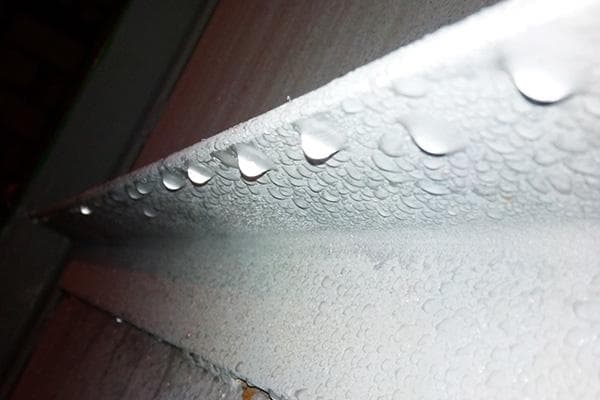
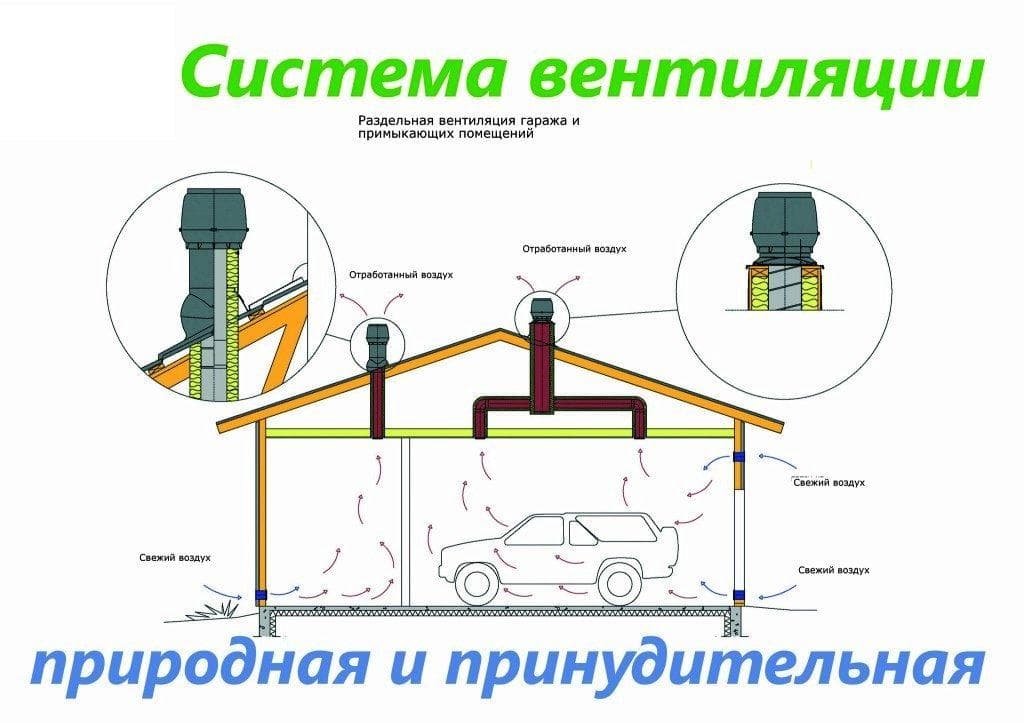
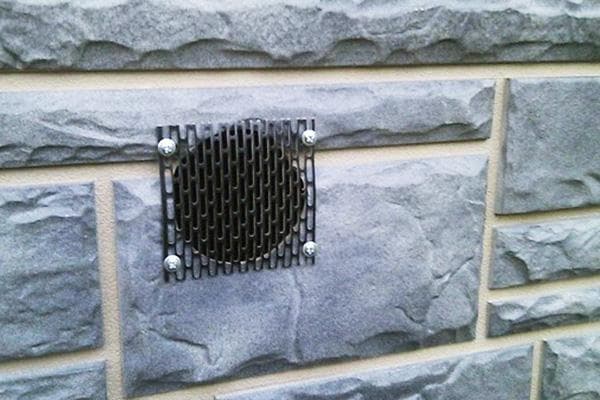
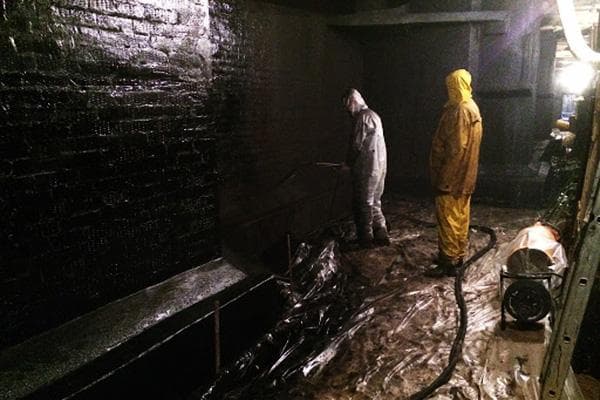
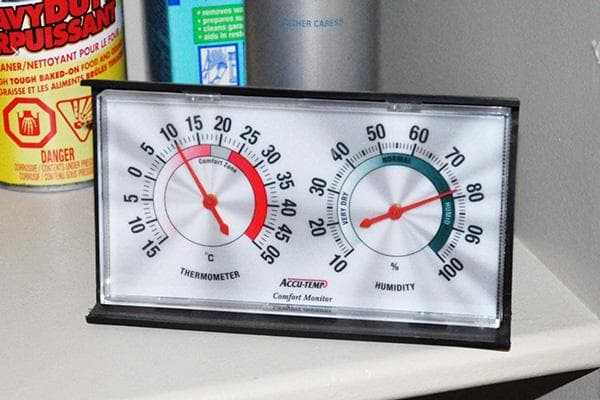
bitumen waterproofing only works on pressure. By coating the inside of the garage walls, you can create a swimming pool. But if the water is outside, it will gradually make its way into the garage.
Bituminous materials are used to waterproof the outside - coated or fused onto the foundation or roof. If the garage has already been built, only coating waterproofing made from cement mixtures or very expensive epoxy or polyurethane will help.
In winter, condensation will form in an uninsulated garage. Human breath, snow on wheels, even from the air during sharp drops in temperature - all this will drip or freeze on the ceiling. The only salvation here is ventilation or insulation of the garage
I bought a mobile air conditioner, dried the base, the resulting water is enough for household needs.